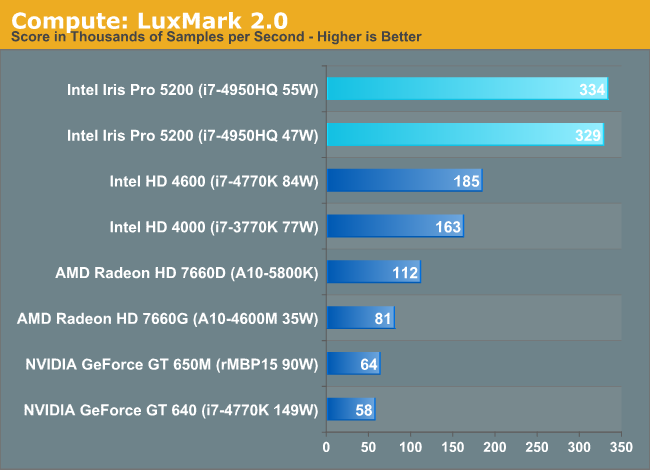I was sure that both are Jaguar processors, and the level of customization in the Xbox One CPU should be minimal, or basically non-existent, I think
It is weird, why they don't call it "jaguar"? Is it because copyright or something like this?
Follow along with the video below to see how to install our site as a web app on your home screen.
Note: This feature may not be available in some browsers.
I was sure that both are Jaguar processors, and the level of customization in the Xbox One CPU should be minimal, or basically non-existent, I think
If you are switching back and forth quickly between a game and web browser, I do not see how the browser could need more than 5 or so tabs loaded in memory.I think web browsers are memory hungry applications, Firefox eat up 400MB~500MB.
It is weird, why they don't call it "jaguar"? Is it because copyright or something like this?
Why wouldn´t Ms call them jaguar in their docs?
Devs have to target these processors following AMD recomendations, and not some generic X64 model...
Strange
Same reason they didn't use the AMD nomenclature in there docs even know they could have, nobody knows.
I don't understand the validity of this comparison. Gains to Haswell of the on die cache will be largely due to the more than double bandwidth achieved though it vs a normal DDR3 interface.
Xbone on the other hand is gaining no bandwidth in using esram + DDR3 vs GDDR5 alone.
Of course if we're talking about comparing Haswell GTe vs the rumoured Kaveri using GDDR5m, both with similar overall bandwidth then it might make an interesting analog for PS4 vs Xbone performance (albeit a likely higher inaccurate one!).
What's your source for such a confident statement? That is, I assume you have one...U make me laugh with your constant assertions of XB1 using stock jaguars.. so wrong...
U make me laugh with your constant assertions of XB1 using stock jaguars.. so wrong...
PC-BSD minimum requirements are 512MB and recommended is 1GB. I think web browsers are memory hungry applications, Firefox eat up 400MB~500MB.
Um.. FreeBSD is not GPL. It's licensed under a standard BSD license (http://www.freebsd.org/copyright/freebsd-license.html)PCBSD is just a variant of FreeBSD, which has many flavors. Depending on which you use, the RAM requirement goes as low as 24MB.
Sony of course will be using BSD, not FreeBSD and will tune it for their uses. And by not using FreeBSD, they won't have to expose their changes under GPL.
interesting that top end Haswell is 832 gflops.
kinda doesn't make ms look so good it's already creeping up on Xbone (probably on paper only though since texture rate etc is weak).
I'm afraid so ...

We see near perfect scaling from Haswell GT2 to GT3. Crystalwell doesn't appear to be doing much here, it's all in the additional ALUs
Crystalwell is the EDRAM...
Are we supposed to take Iris Pro results to correspond to the ESRAM so we can say it will not be a miracle worker (in games), or are they unrelated? I am unsure. Would you need to program more specifically for such a cache?
Drivers and other factors could play in here. Nvidia cards benched here would have better drivers and has more capability in most non-math areas such as texels rate.
